Completed infrastructure, a boost to change the order of sea tourism
Identified in the planning as one of the key tourism corridors of the Vung Tau - Long Hai - Binh Chau region, Ho Tram is receiving strong investment capital with the goal of welcoming 8 - 10 million visitors per year in the future. The convergence of infrastructure and high-end resort projects is turning natural potential into valuable tourism products, but at the same time, it places strict requirements on sustainable development management.
Looking back a few years ago, the road to Ho Tram was still long, and its natural values had few opportunities to be widely explored . But now, when a series of key projects such as Long Thanh airport, Bien Hoa - Vung Tau highway, Ben Luc - Long Thanh or the inter-provincial coastal axis are gradually reaching the finish line, Ho Tram is entering an unprecedented favorable period.

The coastal areas in Ho Tram are increasingly prominent in appearance.
Not only is this connection better, it is also reshaping travel habits: Visitors from Ho Chi Minh City only need about 90 minutes to reach the sea, shortening travel time and opening up opportunities for short trips - a popular travel trend in big cities.
The smoothness of infrastructure is like the key to unlocking the potential that has been “compressed” for so long. When the highway and airport are no longer on paper, Ho Tram is officially placed on the map of destinations with clear competitive advantages.
Not only convenient in terms of transportation, Ho Tram is also clearly positioned in the province's tourism development strategy: Located between Vung Tau - Long Hai - Binh Chau, this coastal area becomes a key link in the southern coastal tourism corridor.
The development direction is determined not to be spread out but to focus on three pillars: High-quality beach resorts; Eco-tourism - sea-forest; Health care tourism. Interestingly, these directions are not "matched", but almost completely compatible with the existing potential of Ho Tram.
Mr. Pham Huy Binh, Director of the Ho Chi Minh City Department of Tourism, likened this place to a "green gem" with many unpeeled layers, because unlike many heavily exploited coastal areas, Ho Tram still retains its original long coastline, protective forests attached to the sea and a natural ecosystem that few other places possess.
The sea is favored by nature and chosen by tourists.
For many years, Ho Tram has been known by beach lovers as a familiar name: “a true beach resort”. The sand here is wide and smooth, the waves are gentle, the water is emerald green. The pine forests and protective forests run close to the sea, creating a cool backdrop that evokes a sense of pristine nature - something that many famous destinations in Southeast Asia are gradually losing.

The pristine Ho Tram coastline. (Photo: Dang Khoa)
Thanks to the combination of sea - forest - fresh climate, Ho Tram has become an ideal choice for health recovery vacations, a trend that has exploded strongly after the pandemic period.
A destination can only truly become a “tourism market” when it has the participation of large-scale projects, bringing high service standards and the ability to attract tourists to return. For Ho Tram, this process is happening rapidly.
Rapid development is a welcome sign, but it also makes the story of nature conservation more urgent than ever. Because the greatest value of Ho Tram - the thing that makes tourists love and investors seek - is not the concrete blocks, but a sea that still has its wild beauty.
Therefore, Mr. Pham Huy Binh said: "If developed massively and without control, Ho Tram could lose its own identity."
This is not a far-fetched warning. Many destinations that have experienced rapid growth have paid the price of landscape degradation, causing tourism values to plummet.
The problem of Ho Tram therefore lies not in whether to develop or not, but how to develop, reasonable construction density, protecting protective forests, limiting coastal concreting, prioritizing green resort models, keeping the seawater and ecosystem in the most natural state possible.
By maintaining these factors, Ho Tram will not only be attractive in the short term but will also have sustainable appeal for decades.

Hamptons Plaza Ho Tram commercial area has a view of the sea. (Photo: Dang Khoa)
Everything that is happening, from infrastructure, planning, the emergence of large projects, to sustainable development orientation, shows that Ho Tram has passed the "potential" stage and is entering the stage of affirming its position.
In the near future, when Long Thanh airport is operational and the expressways are completed, Ho Tram has the potential to become a high-end resort center of the Southeast region, a leading destination for health tourism and a coastal area with a rare economic and ecological balance.
Ho Tram not only changed its position on the tourist map but also changed the way tourists feel about a beach vacation: Fresh, sophisticated and close to nature.
Source: https://vtcnews.vn/ho-tram-doi-thay-manh-me-khi-ha-tang-but-toc-va-du-lich-tang-truong-ar987518.html













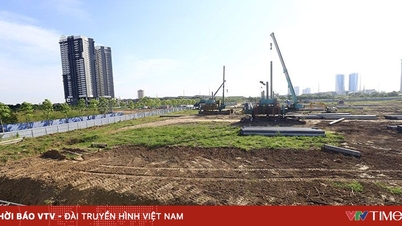

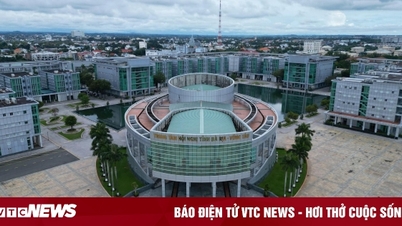


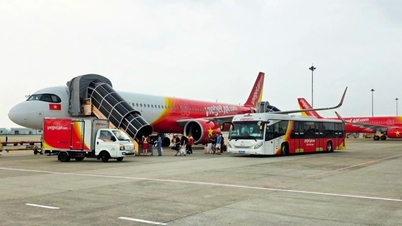

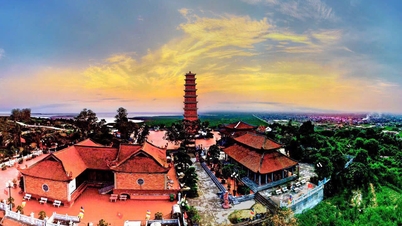




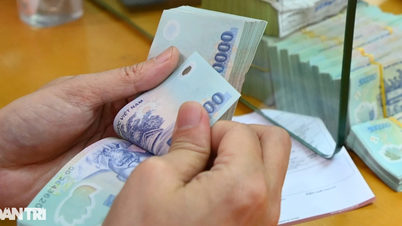
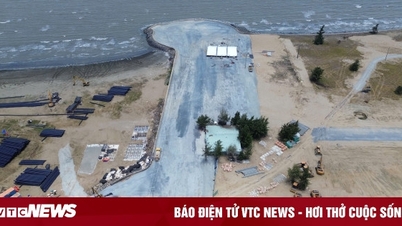














![[Photo] General Secretary To Lam and National Assembly Chairman Tran Thanh Man attend the 80th Anniversary of the Traditional Day of the Vietnamese Inspection Sector](https://vphoto.vietnam.vn/thumb/1200x675/vietnam/resource/IMAGE/2025/11/17/1763356362984_a2-bnd-7940-3561-jpg.webp)


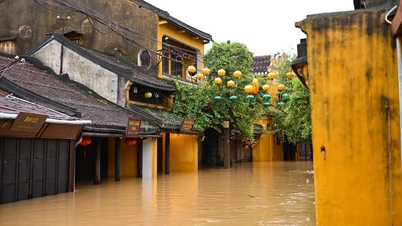

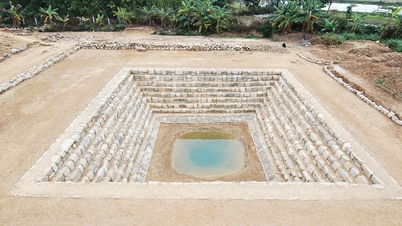

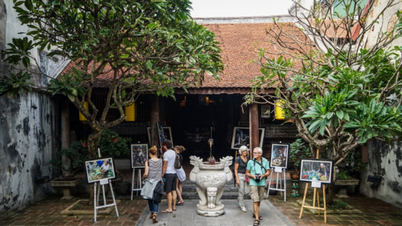












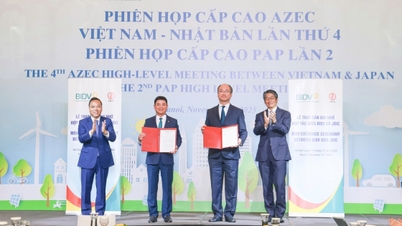
















































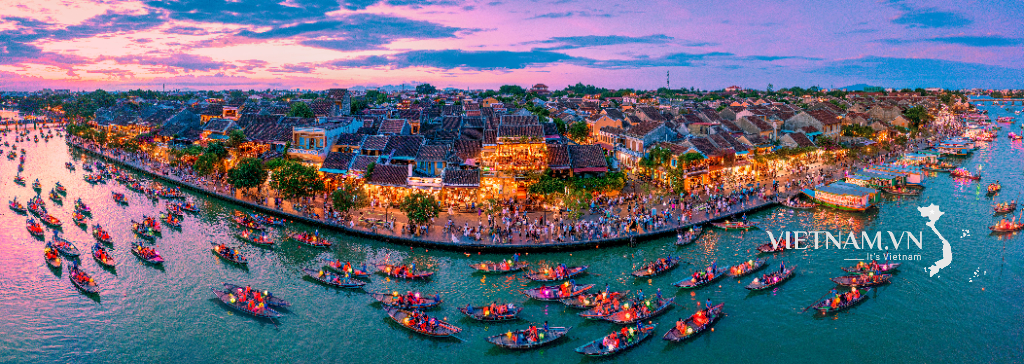


Comment (0)